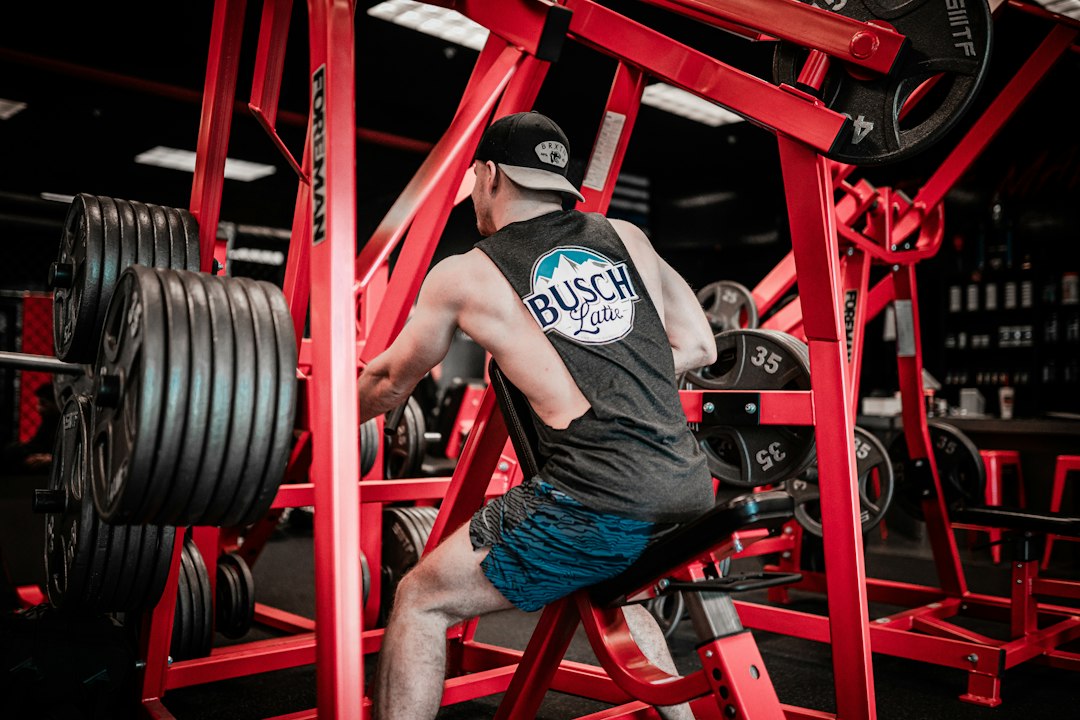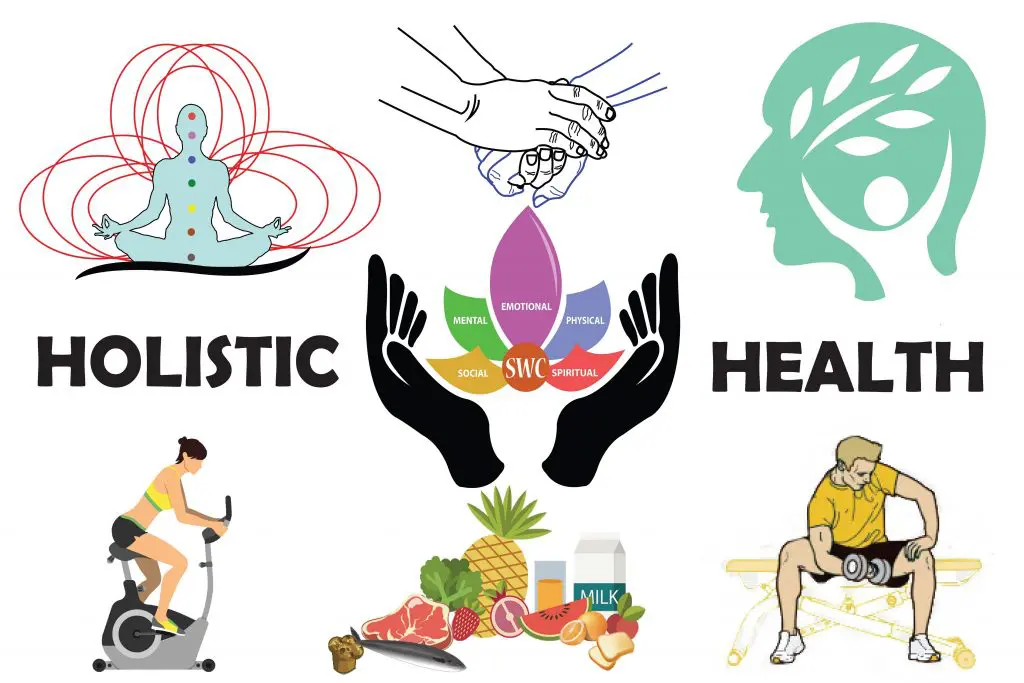Introduction
Welcome to your journey toward unlocking your full fitness potential! Whether you’re just starting out or you’ve been on the fitness train for a while, there’s always room to grow and improve. With the right mindset, strategies, and techniques, you can push your limits and achieve goals you never thought possible. In this guide, we’ll share expert tips and secrets to help you maximize your efforts and enjoy the journey to health and wellness. So, tie those laces tight, and let’s get started!
Setting Your Fitness Goals

Embarking on a fitness journey without clear goals is like setting sail without a compass. Not only does it lead to aimlessness, but it also diminishes your motivation over time. Establishing specific and achievable goals provides direction, boosts your motivation, and sets a benchmark for measuring progress.
Importance of setting specific and achievable goals
Specific and achievable goals are the cornerstone of a successful fitness journey. They offer a clear direction, making it easier to plan your workouts and track progress. For instance, instead of setting a vague goal like “get fit,” aim for something more concrete, such as “run a 5K in 30 minutes” or “lose 10 pounds in three months.” These specific goals not only provide a clear target but also make it easier to stay motivated as you can see tangible progress.
Tips for creating SMART fitness goals
Creating SMART (Specific, Measurable, Achievable, Relevant, Time-bound) fitness goals can significantly enhance your workout effectiveness. Here’s how you can apply the SMART principle:
– Specific: Clearly define what you want to achieve.
– Measurable: Ensure your goal can be tracked and measured, like losing a certain amount of weight or running a specific distance.
– Achievable: Set realistic goals that challenge you but are within your reach.
– Relevant: Your goals should align with your broader fitness and lifestyle aspirations.
– Time-bound: Assign a deadline to your goal to foster a sense of urgency.
Designing a Personalized Workout Plan
Crafting a workout plan tailored to your unique needs and fitness goals is crucial for maximizing your fitness potential. Here’s how to go about it.
Assessing your current fitness level
Before diving into any workout plan, it’s important to assess your current fitness level. This includes evaluating your cardiovascular fitness, strength, flexibility, and body composition. This assessment helps in setting realistic goals and choosing the appropriate intensity and volume of workouts to prevent injuries and ensure gradual progression.
Choosing the right type of exercise for your goals
Depending on your fitness goals, your workout plan should include exercises that directly contribute to achieving those goals. If you’re aiming to improve cardiovascular health, focus on aerobic activities like running, swimming, or cycling. For muscle building, prioritize weight lifting and resistance training. Want to enhance flexibility? Incorporate yoga or Pilates into your routine.
Incorporating strength training and cardio
A well-rounded fitness routine should include both strength training and cardiovascular exercises regardless of your primary goal. Strength training helps build muscle, increase metabolism, and strengthen bones. Cardiovascular exercises, on the other hand, improve heart health and endurance. Try to strike a balance between the two by dedicating specific days of the week to each, ensuring your body gets a diverse range of benefits from your workout regimen.
Understanding Nutrition for Fitness
Getting the most out of your fitness journey isn’t just about how hard you hit the gym—it’s also about what fuels your body. Nutrition plays a monumental role in reaching peak physical condition and enhancing overall wellness. Let’s dive into how you can harness the power of nutrition to complement your workout efforts and reach those fitness milestones faster and more efficiently.
Balancing macros for optimal performance
Macronutrients, or macros, are the nutrients your body needs in large amounts: carbohydrates, proteins, and fats. Each has a unique role in your fitness:
– Carbohydrates are your body’s primary energy source. They fuel your workouts and help with recovery.
– Proteins are the building blocks of muscle. Consuming enough protein supports muscle repair and growth.
– Fats are essential for long-term energy, hormone production, and nutrient absorption.
For optimal performance, aim for a balanced diet that includes a healthy mix of all three, adjusting the ratios based on your fitness goals and training demands.
Importance of hydration and recovery nutrition
Hydration is key to performance and recovery. Water helps regulate body temperature, lubricate joints, and transport nutrients to give you energy and keep you healthy. Aim to drink water throughout the day, especially before, during, and after workouts.
After exercising, your body needs the right nutrients to repair muscles and replenish energy stores. Consuming a mix of carbohydrates and protein shortly after your workout can help speed up recovery and enhance the benefits of your training.
Meal planning tips for fitness success
Meal planning can be a game-changer for your fitness goals. Here are some tips to get started:
– Prepare in advance to ensure you have healthy options readily available.
– Incorporate variety to avoid dietary burnout and cover all nutritional bases.
– Listen to your body and adjust portions and content based on how you feel and your level of activity.
Maximizing Results with Proper Recovery
Physical recovery is as vital as the workout itself. It’s during rest periods that your body repairs and strengthens itself. Ignoring recovery can lead to burnout, injury, and stalled progress.
Importance of rest days and quality sleep
Rest days allow your muscles, nerves, bones, and connective tissue time to rebuild. They’re essential for physical and mental health, reducing the risk of injury and making your workouts more effective.
Quality sleep is another non-negotiable for fitness. During sleep, growth hormone is released, which helps build muscle and repair tissue, making those Zs crucial for recovery and overall health.
Incorporating stretching and foam rolling into your routine
Stretching and foam rolling play significant roles in recovery and flexibility:
– Stretching keeps the muscles flexible, strong, and healthy, which is vital for maintaining a range of motion in the joints.
– Foam rolling can help reduce muscle tightness, soreness, and inflammation, and can increase your range of motion.
Incorporating these practices into your daily routine can enhance performance, prevent injury, and improve recovery times.
Recovery techniques for faster muscle repair
Beyond rest, certain recovery techniques can accelerate muscle repair and readiness for your next workout:
– Cold therapy, like ice baths or cold showers, can reduce muscle soreness and inflammation.
– Compression garments work by increasing blood flow, which helps in faster recovery.
– Proper nutrition and hydration, as mentioned earlier, are fundamental to speeding up muscle repair and preparing your body for its next physical challenge.
By integrating these recovery strategies with a balanced approach to nutrition and training, you’re setting the stage for unparalleled fitness success.
Staying Motivated and Consistent
Maintaining motivation and consistency in your fitness journey can sometimes feel like an uphill battle. But with the right mindset and strategies, it’s definitely achievable. Let’s break down how to stay on track and push through those challenging moments.
Finding your motivation for fitness
Identifying what drives you to stay fit is fundamental. Is it the desire to lead a healthier lifestyle, improve your physical appearance, or maybe it’s to have more energy to play with your kids? Pinpoint your personal reasons and keep them close to your heart. Visual reminders like a motivational quote on your mirror or setting a wallpaper on your phone can serve as daily motivators.
Tips for staying consistent with your workout routine
– Set Realistic Goals: Begin with manageable goals and gradually increase the intensity and duration of your workouts.
– Create a Schedule: Carve out specific times in your week dedicated to fitness, and treat these times as non-negotiable appointments with yourself.
– Find a Workout Buddy: Having a friend to exercise with can boost accountability and make workouts more enjoyable.
– Mix It Up: Keep things interesting by trying different workouts. This not only keeps boredom at bay but also challenges different muscle groups.
Overcoming common fitness roadblocks
Life happens, and there will be times when sticking to your fitness routine seems almost impossible. When facing such roadblocks, it’s crucial to be kind to yourself and flexible with your goals. If you miss a workout, don’t beat yourself up—simply pick up where you left off. Remember, progress is not linear, and every small step counts.
Tracking Progress and Making Adjustments

Seeing tangible progress is a major motivator in any fitness journey. Monitoring your progress helps in recognizing your achievements and areas where you can improve.
Importance of tracking your fitness journey
Keeping track of your workouts, diet, and body measurements gives you concrete data on how far you’ve come. This can be incredibly motivating, especially on days when you feel like you’re not making progress. Use apps, journals, or spreadsheets—whichever method works best for you.
How to make adjustments to your plan for continued progress
As you advance in your fitness journey, your body will adapt, and what once was a challenge might become easy. To continue progressing, it’s essential to periodically assess your routines and make necessary adjustments. Here are a few strategies:
– Increase Intensity: Gradually make your workouts more challenging by adding weights, increasing speed, or including more complex movements.
– Vary Your Workouts: Prevent plateaus by mixing up your routines. This keeps your body guessing and improves overall fitness.
– Listen to Your Body: Pay attention to cues from your body. If you’re feeling worn out, maybe it’s time to focus on recovery or try a different type of workout.
Remember, the journey to maximizing your fitness potential is a marathon, not a sprint. Celebrate small victories, stay flexible, and keep pushing forward with resilience and determination.
Conclusion
In wrapping up, reaching your maximum fitness potential is a journey that requires dedication, perseverance, and a willingness to continually adapt and learn. Whether you’re experimenting with new workout strategies, incorporating a variety of exercise techniques, or just committed to your routine, the path to health and wellness is yours to navigate. Remember, the best fitness plan is one that you enjoy and can stick with long-term. So, embrace the challenge, celebrate your progress, and keep pushing towards your goals. With these tips and strategies, you’re well-equipped to maximize your fitness potential. Here’s to a healthier, stronger you!





